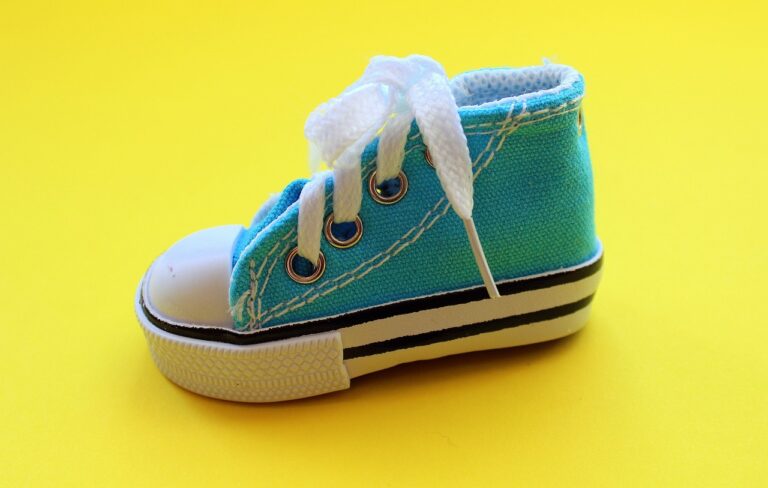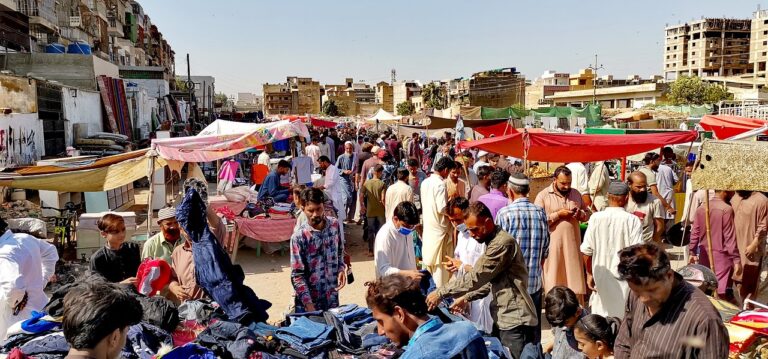The Evolution of Sustainable Packaging: From Plastic-Free to Zero Waste
The evolution of packaging materials has been a continually changing landscape, driven by the need for more sustainable and environmentally friendly options. In the past, packaging primarily consisted of materials such as glass, metal, and plastic which posed significant environmental challenges due to their non-biodegradable nature. However, with increased awareness about the impact of traditional packaging materials on the environment, there has been a notable shift towards more innovative and sustainable alternatives.
One of the key drivers behind the evolution of packaging materials has been the demand for biodegradable options that can help reduce waste and pollution. Companies are now focusing on developing packaging solutions made from biodegradable materials such as plant-based plastics, recycled paper, and compostable packaging. These materials not only reduce the overall environmental footprint but also appeal to eco-conscious consumers who are increasingly seeking products with minimal impact on the planet.
Shift Towards Biodegradable Options
As the global push for sustainable practices continues to gain momentum, the shift towards biodegradable packaging options has become increasingly prevalent in the industry. This transition is driven by a growing awareness of the detrimental environmental impact of traditional plastics and the urgent need to curb pollution.
Consumers are also playing a pivotal role in this shift, showing a strong preference for products packaged in materials that are eco-friendly and easily biodegradable. This shift in consumer behavior has prompted many companies to reevaluate their packaging strategies and invest in innovative biodegradable alternatives that not only reduce their carbon footprint but also appeal to a more environmentally conscious customer base.
Innovations in Sustainable Packaging
One of the most notable innovations in sustainable packaging is the development of plant-based alternatives to traditional plastic materials. Companies are now using biodegradable and compostable packaging made from sources such as cornstarch, sugarcane, and algae. These materials offer the same functionality as conventional plastic but with a significantly lower environmental impact.
Another emerging trend in sustainable packaging is the use of recycled and upcycled materials. By repurposing waste materials like paper, cardboard, and even ocean plastics, companies are not only reducing the amount of new materials being produced but also helping to clean up the environment. This approach promotes circular economy principles and encourages a more responsible approach to packaging production.
What are some common materials used in sustainable packaging?
Common materials used in sustainable packaging include paper, cardboard, biodegradable plastics, and compostable materials.
How are companies shifting towards more sustainable packaging options?
Companies are shifting towards more sustainable packaging options by using recycled materials, reducing packaging waste, and opting for biodegradable or compostable alternatives.
What are some innovations in sustainable packaging?
Innovations in sustainable packaging include edible packaging, water-soluble packaging, plant-based plastics, and reusable packaging solutions.
How can consumers contribute to reducing packaging waste?
Consumers can contribute to reducing packaging waste by choosing products with minimal packaging, opting for reusable or refillable packaging, and properly disposing of recyclable materials.





